| Report filed by Office of Tibet, Japan |
| October 10, 2025 |
| Source: https://tibet.net |
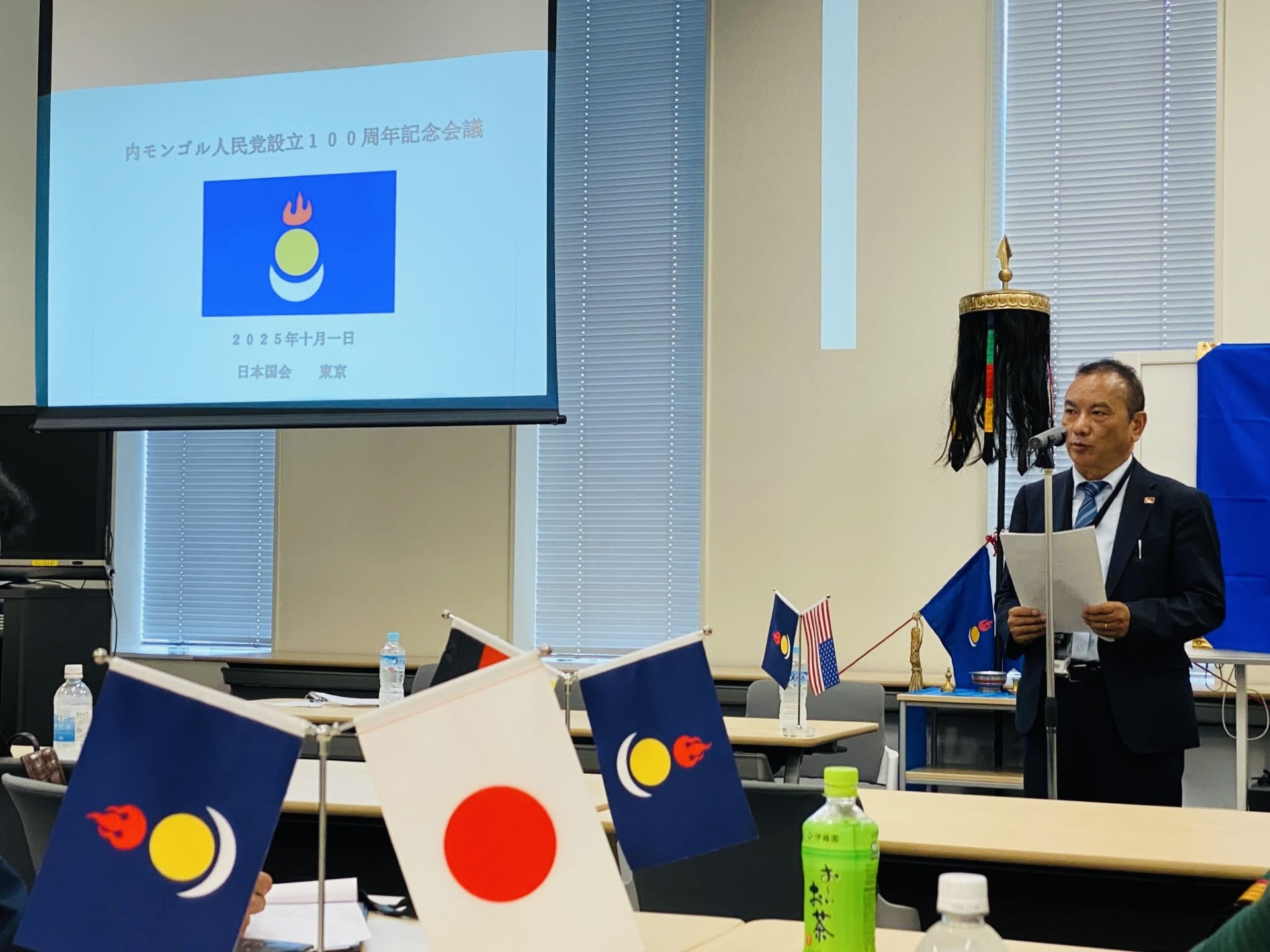 |
|
| Representative T.G. Arya addressing the gathering |
Tokyo: Inner Mongolian People’s Party, Southern Mongolian Congress, and the World Mongol Federation organised international conferences to commemorate the 100th Anniversary of the establishment of the Inner Mongolia People’s Party (IMPP) on 1 October, and hosted an International Forum to discuss “The history and prospects of the Southern Mongolia freedom and independence” on 9 October at Japan Parliament building hall.
The purpose of the conferences was to protest the Chinese occupation of their homeland on the 76th Anniversary of the establishment of the People’s Republic of China (PRC) and to assert the Southern Mongolian people’s rights to freedom and independence.
The conferences drew members of the Japanese Parliamentary Support Group for Southern Mongolia, international supporters, scholars, human rights advocates, and Japanese supporters. Mongolian tribes in Japan and abroad came in their traditional dress to demonstrate unity for the cause and to express their solidarity for the two-day conference. Representatives from Tibetan, Uyghur, Hong Kong, and Taiwanese communities also attended and spoke at the conference.
H.E. Elbergdorj Tsakhia, former President of Mongolia, attended the first conference and briefed the audience on his experience as the head of state, and how both Mongolia and Southern Mongolia are the same people sharing the same history, language, and culture. He said, “Twelve million Mongolians around the world are twelve million Genghis Khans,” and that they all should take pride in their history and religious culture.
Honourable Madam Takaichi Sanae, who is poised to become the first female Prime Minister of Japan, has sent messages supporting the aspirations of the Southern Mongolian people. In her message, she said, “Wishing that the path to freedom and happiness for all the people of Southern Mongolia will open and will lead to a bright future, the member of our parliamentary league will continue to work with you.”
Several members of the Japanese Parliament from different political parties participated in the conferences and delivered speeches expressing their solidarity and support for the Southern Mongolian people’s struggle for freedom and justice.
Shobchuud Temtselt, President of the Southern Mongolian Congress, and Khuvisgalt Khereid, President of the Inner Mongolia People’s Party, delivered keynote addresses at the respective conferences, in which both leaders recounted the long history and struggle of the Southern Mongolian people and their firm determination to achieve independence of Southern Mongolia. They requested the Japanese and international communities to support their cause.
Representative Dr. Tsewang Gyalpo Arya of the Liaison Office of H.H. the Dalai Lama, who was invited to speak at the two conferences, spoke on how Mongolia and Tibet share a deep historical, religious, and cultural relationship since the early days of Godan Khan in 1247 and his meeting with the Tibetan Lama, Sakya Pandita, and the metamorphosis of “Priest-Patron” relationship. He warned about the CCP’s attempts to rewrite history to legitimise their occupation of Tibet, Southern Mongolia, and East-Turkistan. He explained the importance and need to ensure proper spiritual education of the 10 years old Jetsundhampa Hutuktu for the future of Mongolia, Asia, and world peace.
The second day conference had a panel discussion where scholars, human rights advocates and representatives from Mongolia, Tibet, Uyghur, Hong Kong, and Taiwan discussed the history and prospects of the Southern Mongolian freedom and independence.
-Report filed by Office of Tibet, Japan
The following is the full English transcript of Honorable Dr. Tsewang Gyalpo Arya's Speech at the Conference to Commemorate the 100th Anniversary of the Founding of the Inner Mongolian People's Party hosted by Mr. Khuvisgalt Khereid, President of the Inner Mongolian People's Party, provided by the Office of Tibet, Japan:
Konnichiwa! Tashi Delek!
Sain bainu! I am Arya,
the representative of
the Liaison Office of
His Holiness the Dalai
Lama in Japan.
I am deeply honored to
have been invited to
participate and talk at
this event, the “100th
Founding Anniversary of
the Inner Mongolia
People’s Party
1925-2025”. I extend my
heartfelt gratitude to
the organizers.
As you are all aware, Mongolia and Tibet share deep historical, political, religious, and cultural ties. From the 7th to the 9th century, Tibet was a militarily powerful nation. However, when Buddhism arrived from India, Tibet gave up wars and invasions, transforming into a nation that valued peace, love, compassion, and non-violence based on the teachings of the Buddha. It became a peaceful country with a government aligned with religious principles.
In the 13th century, Genghis Khan of Mongolia and his descendants ruled over much of Asia and Europe. Mongolia was a military state possessing immense power around that time. The Mongol emperor Kublai Khan established the Yuan Dynasty in 1271 and conquered China by 1279. During this period, while Mongolia was militarily powerful, Tibet was spiritually and religiously influential. Consequently, a special relationship of “Priest and Patron” developed between them. Tibet relied on Mongolia's protection, while Mongolia relied on Tibet's spiritual and moral legitimacy; both sides lived together harmoniously.
This relationship began in 1247 with the meeting of the Mongol emperor Godan Khan and the Tibetan lama Sakya Pandita. It deepened in 1254 between Kublai Khan and Phagpa, when Kublai Khan gave Phagpa full authority over Tibet. The relationship was further strengthened in 1578 between Altan Khan and the 3rd Dalai Lama, and it consolidated when the 4th Dalai Lama was born as the grandson of Altan Khan in 1589. What happened in 1642 between Gushri Khan and the 5th Dalai Lama was historic. As a result, Mongolia embraced Buddhism and gradually transformed into a peaceful nation.
However, the current Chinese Communist regime asserts that the Yuan Dynasty was a Chinese dynasty and spreads baseless propaganda, such as claiming Genghis Khan was Chinese. These claims contradict historical facts.
Historically, the 1911 Xinhai Revolution liberated China from the rule of the Manchu Qing Dynasty. China declared independence and declared a republic. Sun Yat-sen, the first president of the Republic of China, invited Tibet, Nepal, and Mongolia to join the republic, but none accepted the proposal.
This demonstrates that China, which had been under the rule of the Manchu Qing Dynasty since 1644, achieved independence 267 years later. Tibet and Mongolia, though independent, did away with any Qing influence. Consequently, Mongolia declared independence in 1911 and appointed the 8th Jetsundamba Khutuktu as its political and spiritual leader. Tibet, to make its position clear, the 13th Dalai Lama declared independence in 1913. To inform the international community, a mutual recognition treaty was signed between Mongolia and Tibet in January 1913. This treaty is still regarded as an important historical document.
However, the current Chinese Communist regime attempts to rewrite history that portray the Yuan and Qing dynasties as Chinese dynasties. This is a false claim, and we must strongly condemn it and ensure history is accurately conveyed. History is extremely important; without it, a nation or people cannot exist.
Tibet, Southern Mongolia, and Uyghur have each endured decades of occupation since the Chinese invasions. Tibet has been occupied for 75 years. Yet our issues still remain an international issue. This is because we possess a strong history, civilization, language, and ethnic identity. Truth and history are on our side, which is why we are strong.
Tibetans and Mongolians should not forget that His Holiness the Dalai Lama and the Jetsundamba Khutuktu have been our leaders since ancient times. Today, H.H. the Dalai Lama is 90, and he is in exile in India. The 10th Jetsudampa Hutuktu is 10, but where he is now and what he is doing, we must pay attention.
To the historians, scholars, commentators, and supporters gathered here today, I urge you to discuss the true history and send a strong message to the Chinese Communist regime.
The current CCP regime poses a grave threat not only to Tibet, Southern Mongolia, Uyghur, Taiwan, and Hong Kong, but also to the peace of the Indo-Pacific region, Asia, and the world, including the Chinese people and Japan. This is because China is not under the rule of the Chinese people, but under the rule of the Chinese Communist Party. Let me be clear: we are not opposed to China or the Chinese people, but to the brutal and destructive policies of the Chinese Communist Party.
Therefore, we must unite and, first and foremost, liberate China from Communist Party rule. We believe that once China is free, many of our collective problems, and indeed many of the world's problems, will begin to be resolved.
Finally, our office will strive to realize freedom, human rights, democracy, and world peace, following the Dalai Lama's teachings of love, compassion, and non-violence. I hope this conference succeeds toward this goal, and I sincerely pray that the day will come soon when our brothers and sisters in Mongolia, Tibet, Uyghur, and Hong Kong, including the Chinese people, can enjoy freedom, human rights, and democracy.
Thank you for your attention.
T.G. Arya
Representative of the
Liaison Office of H.H.
the Dalai Lama in Japan
& East Asia
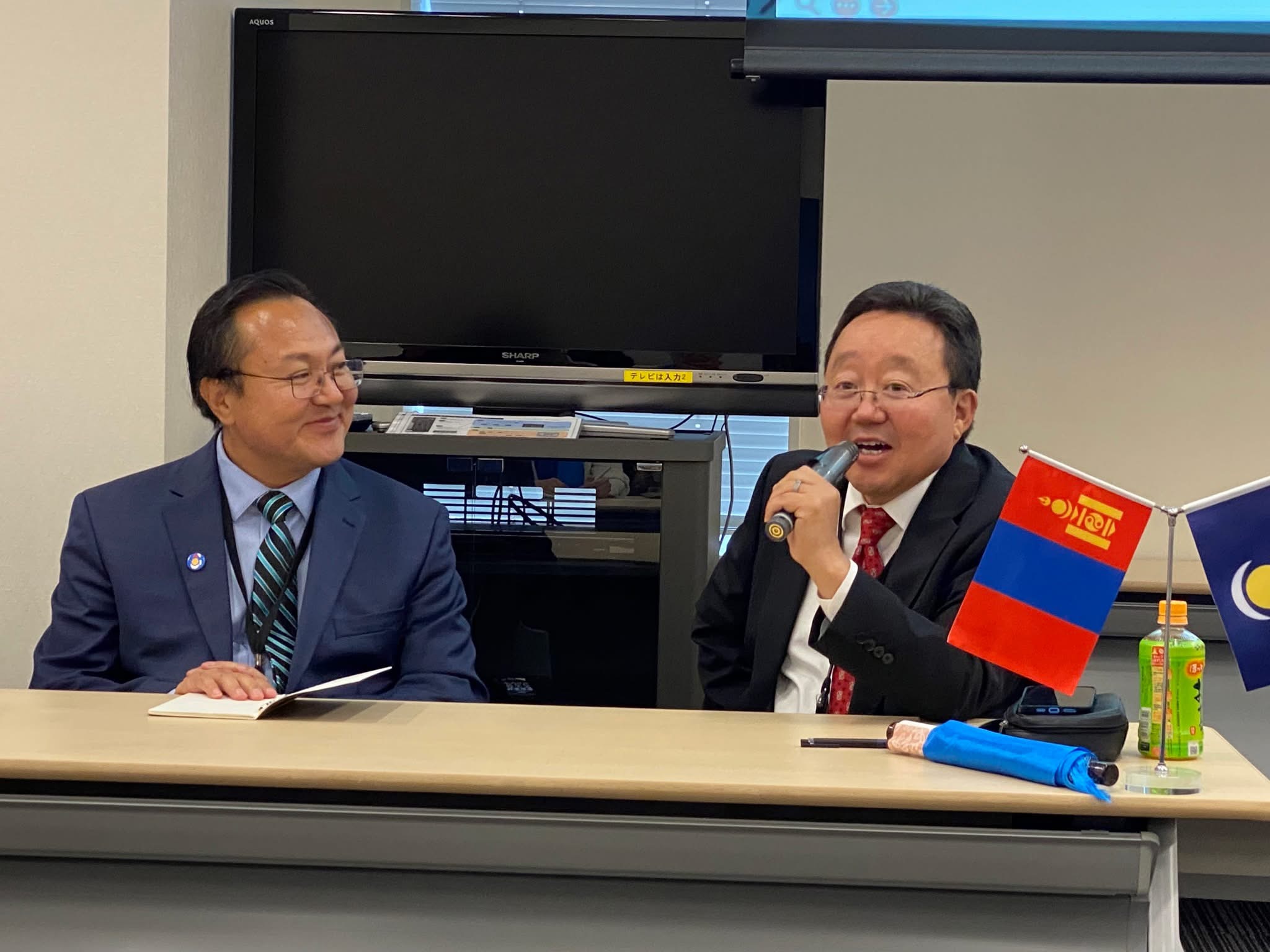
Former President of Mongolia H.E. Elbegdorj Tsakhia and Enghebatu Togochog
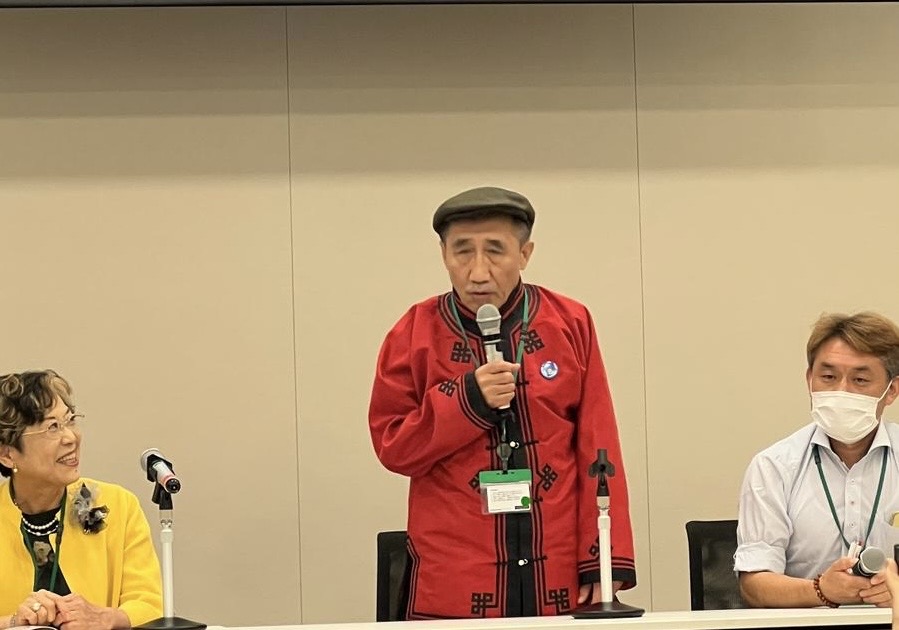
Southern Mongolia Congress President Shobchuud Temtselt
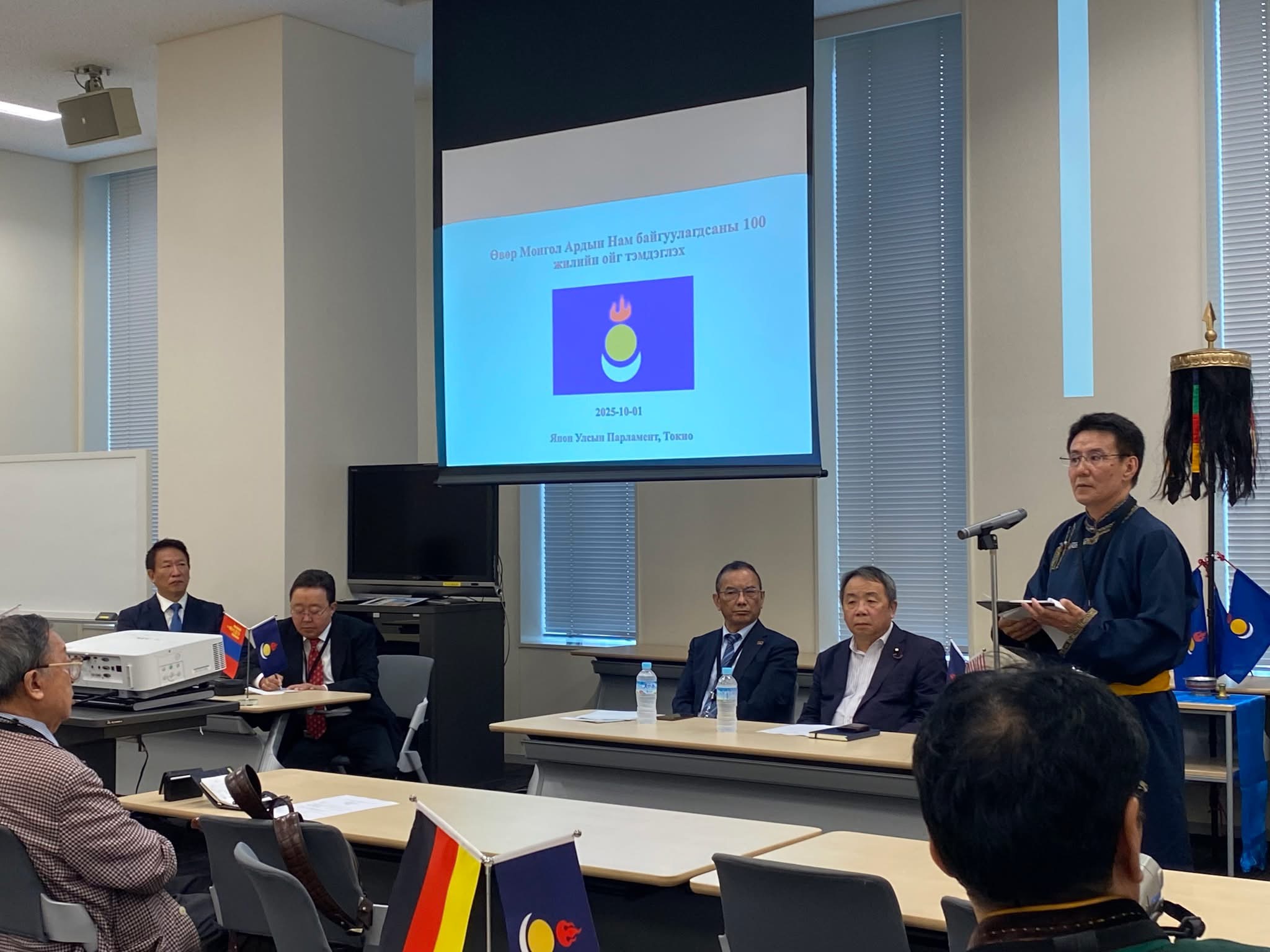
Inner Mongolia People's Party President Khuvisgalt Khereid
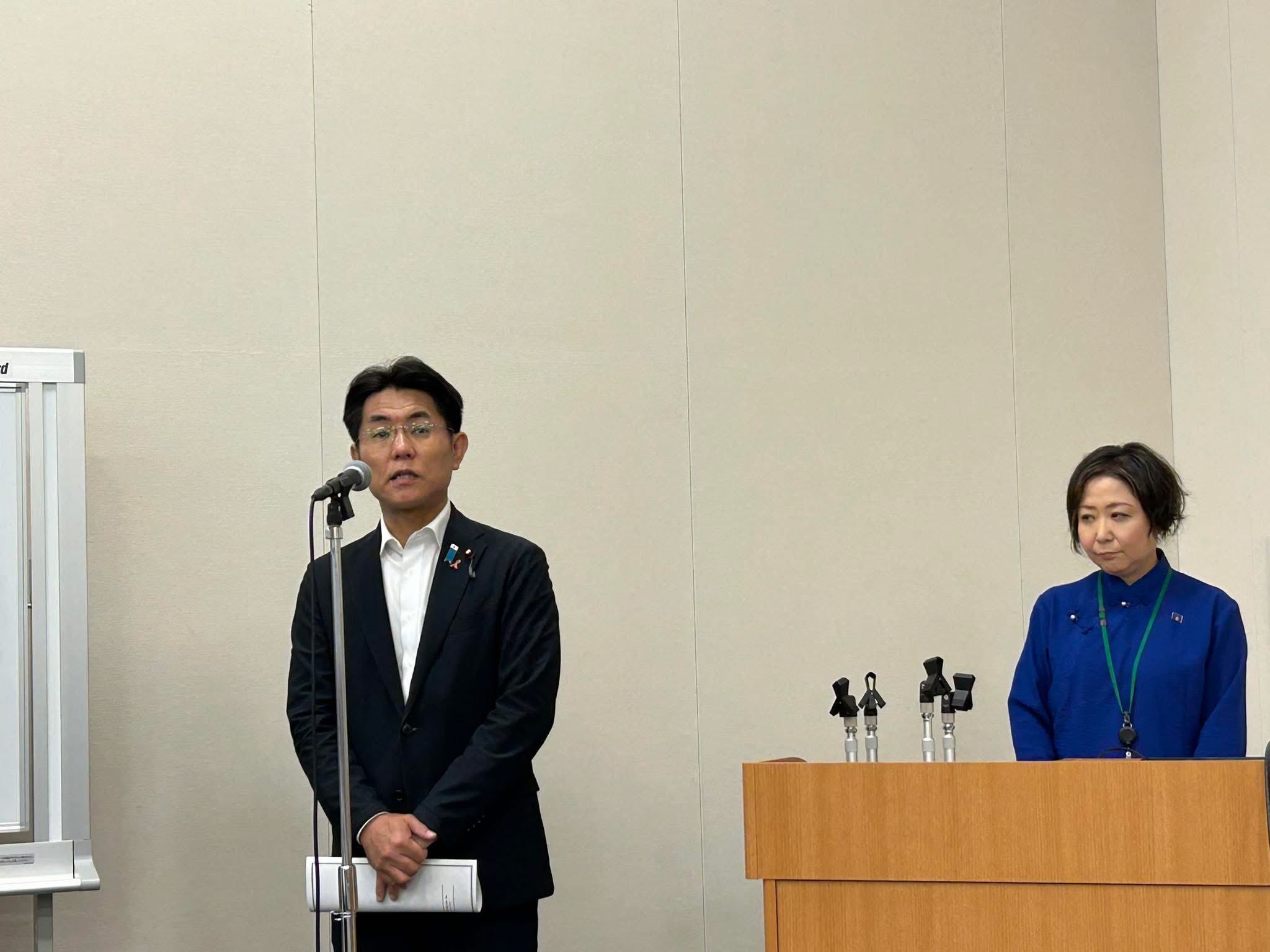
Ishibashi Rintaro, General Secretary of the Japan Parliamentary Support Group for S. Mongolia
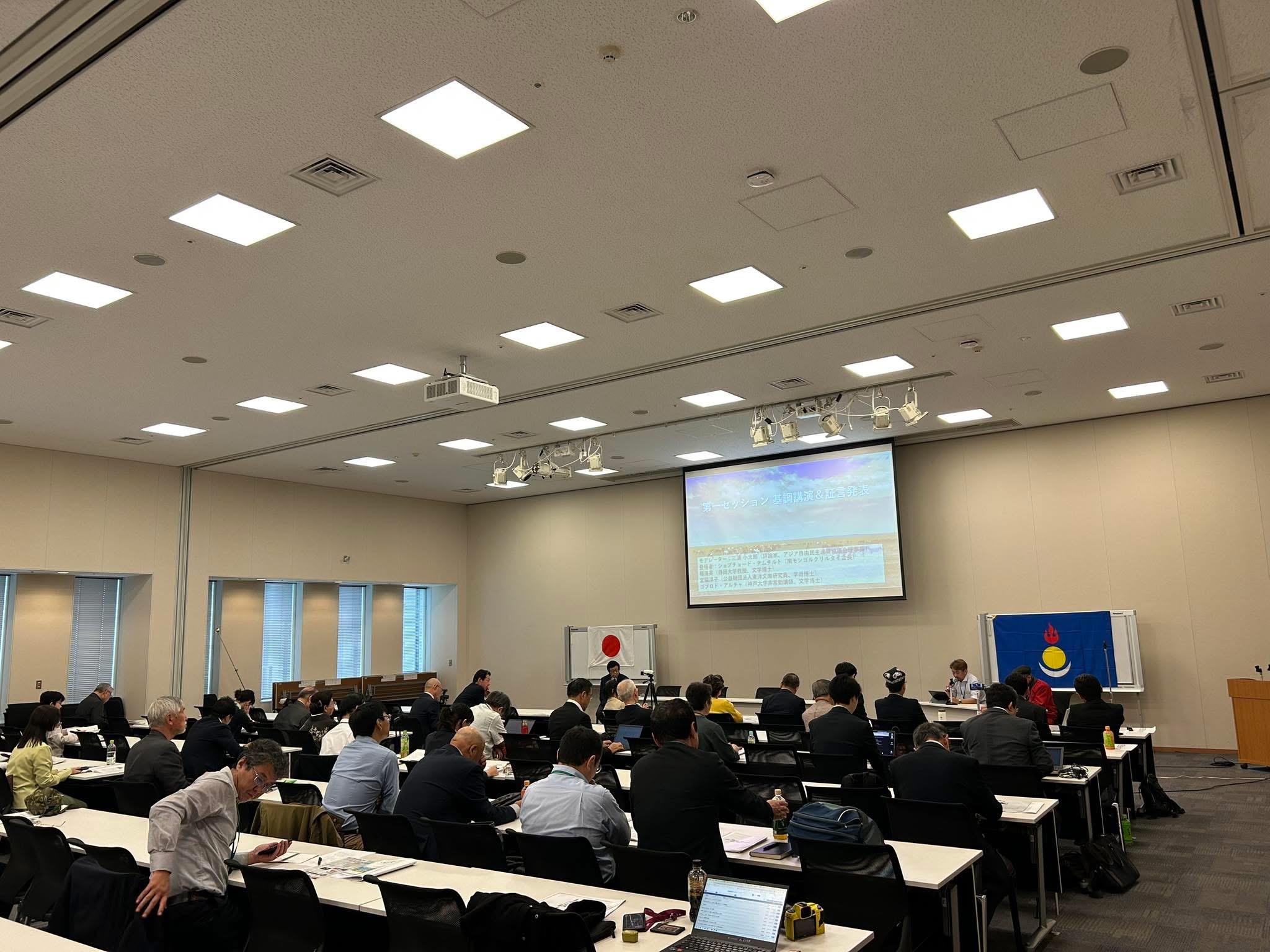
Conference in progress
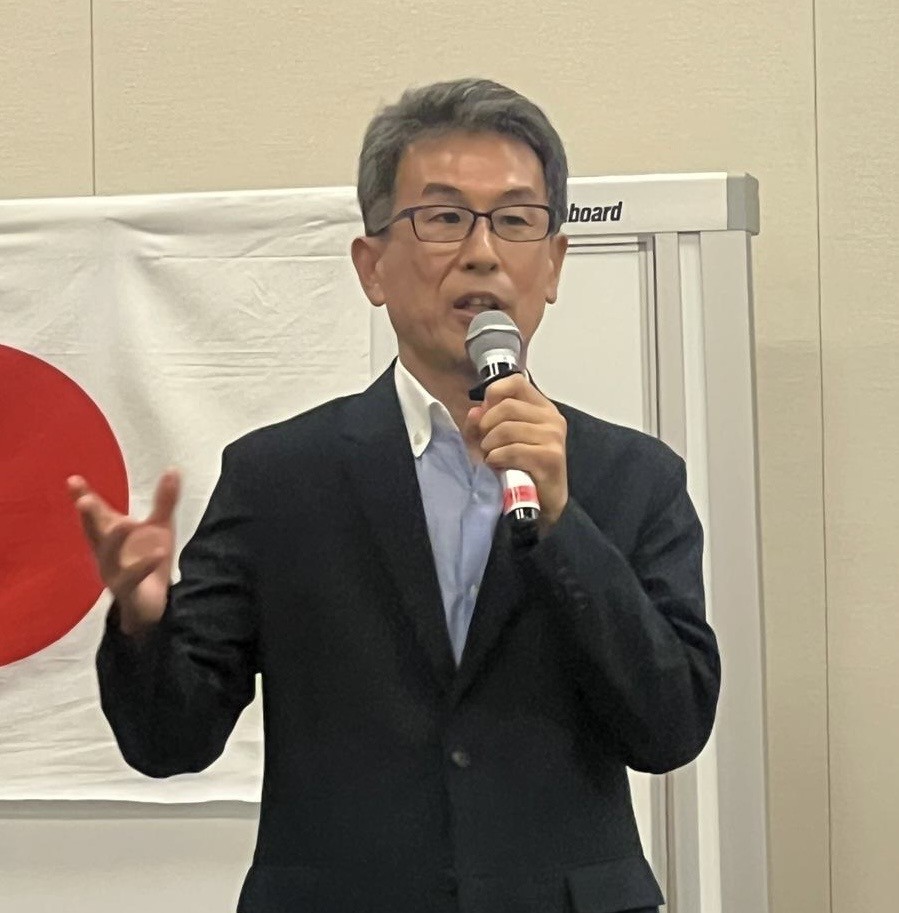
Former Lawmaker Nagao Takashi
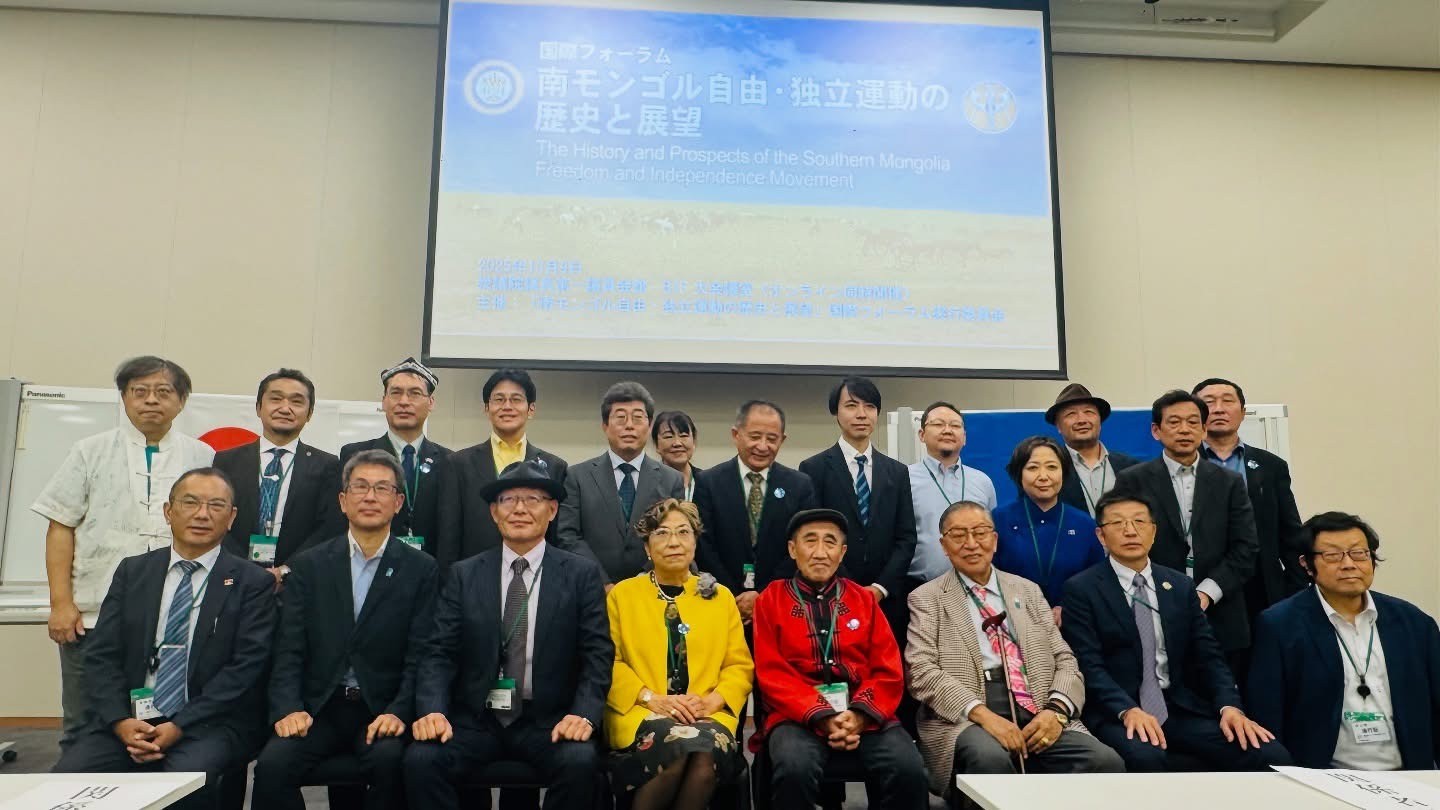
Group photo of the speakers on the day two conference
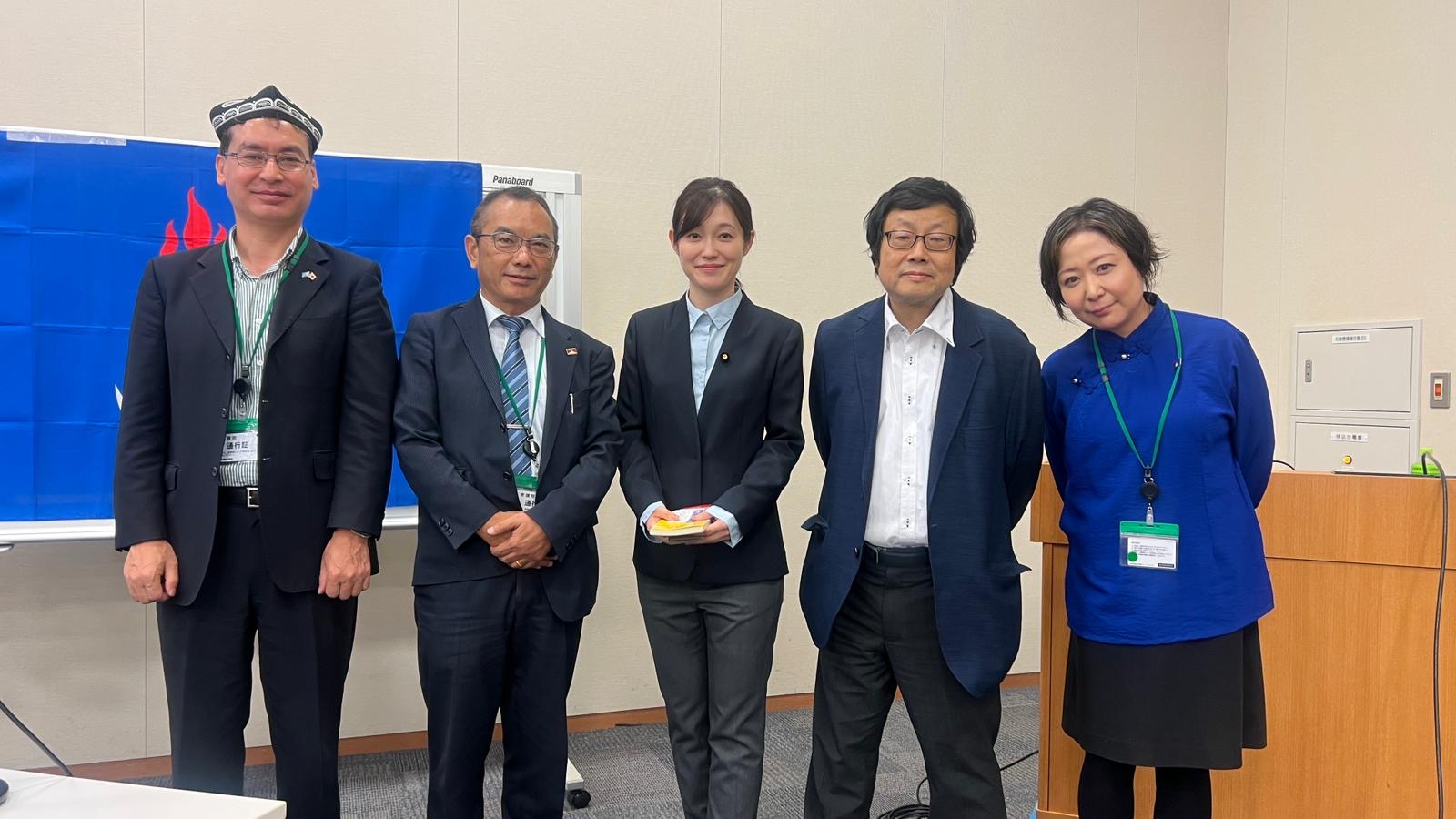
Lawmaker Shioiri and the speakers
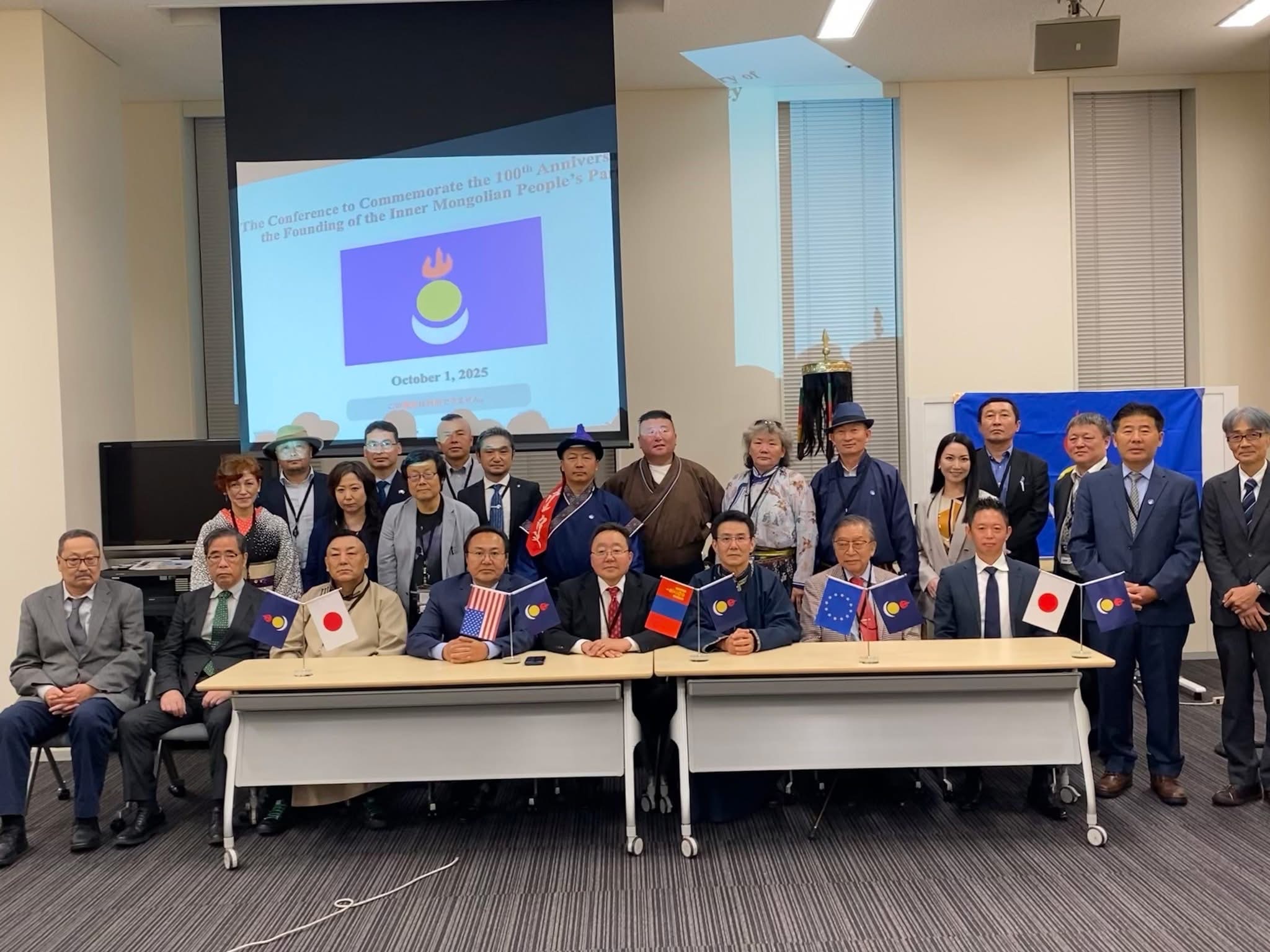
Group photo of the day one conference
Photo source: https://tibet.net



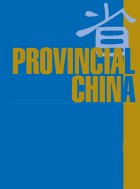

 Beyond
Great Walls: Environment, Identity, and Development on the Chinese
Grasslands of Inner Mongolia
Beyond
Great Walls: Environment, Identity, and Development on the Chinese
Grasslands of Inner Mongolia China's
Pastoral Region: Sheep and Wool, Minority Nationalities, Rangeland
Degradation and Sustainable Development
China's
Pastoral Region: Sheep and Wool, Minority Nationalities, Rangeland
Degradation and Sustainable Development The
Ordos Plateau of China: An Endangered Environment (Unu Studies on
Critical Environmental Regions)
The
Ordos Plateau of China: An Endangered Environment (Unu Studies on
Critical Environmental Regions)